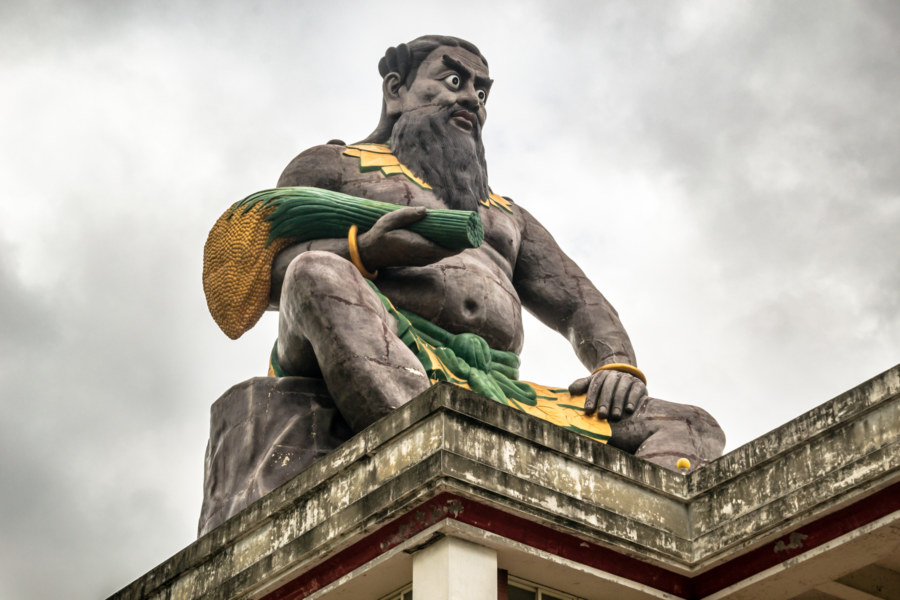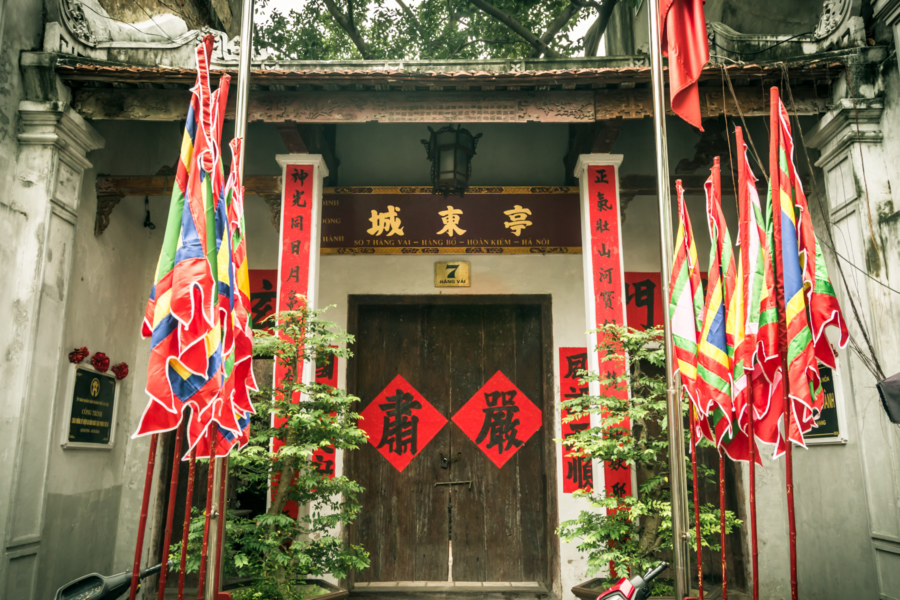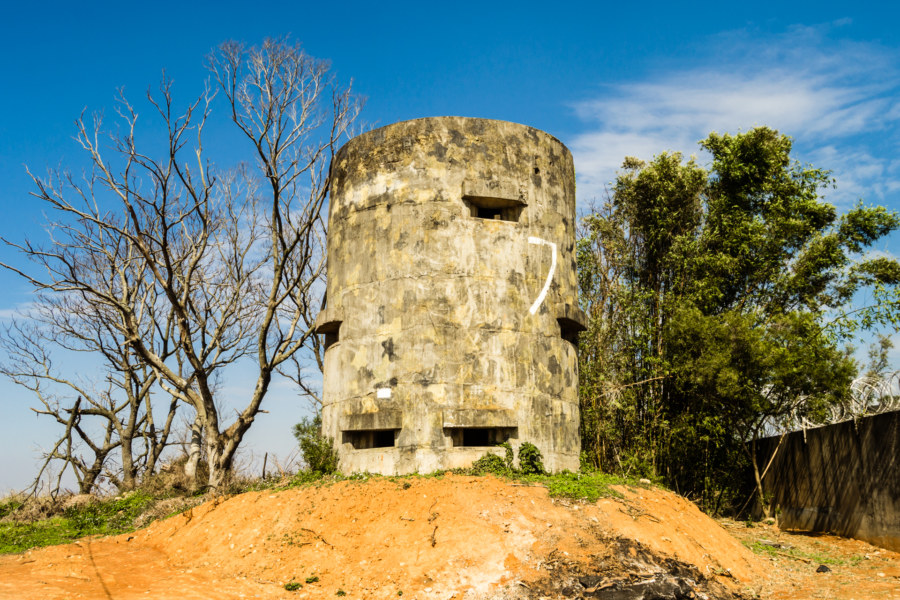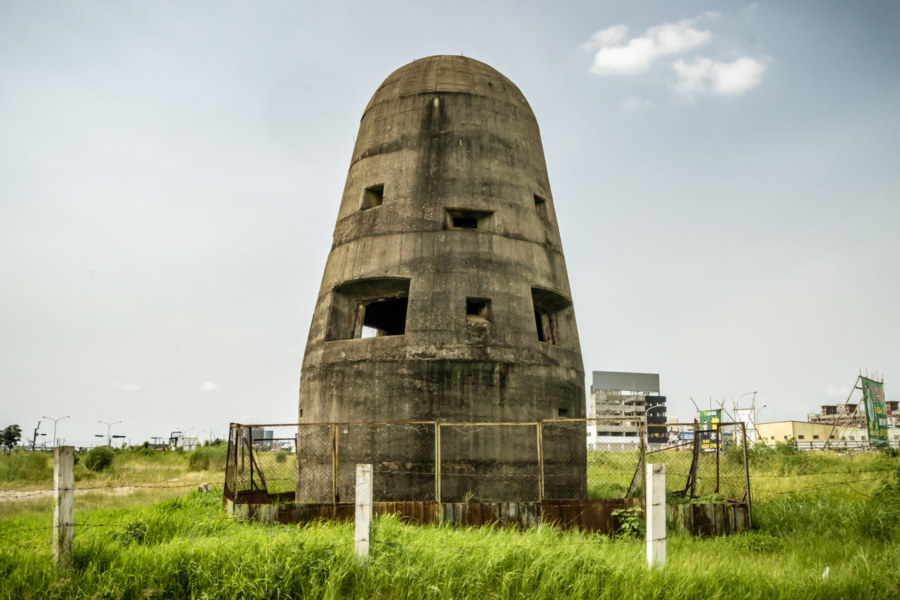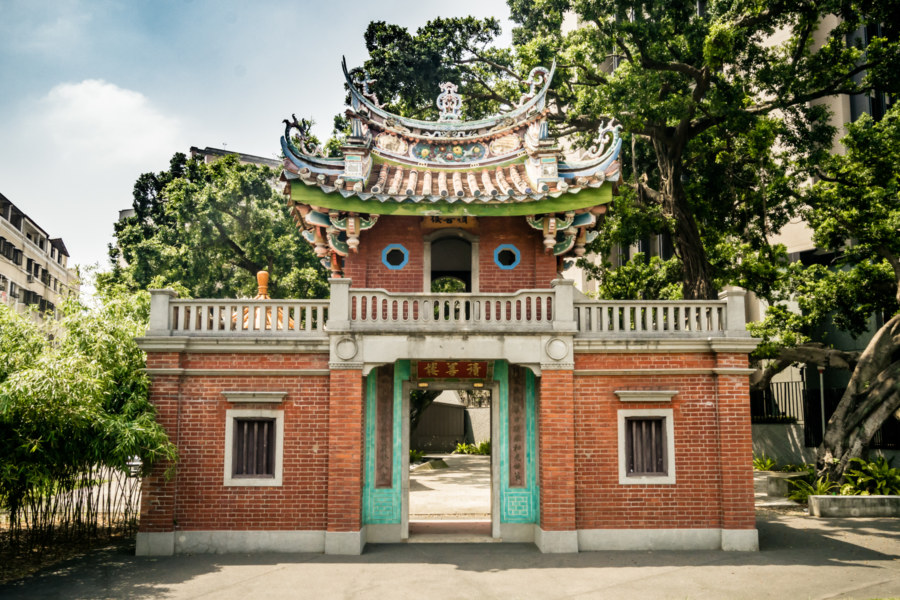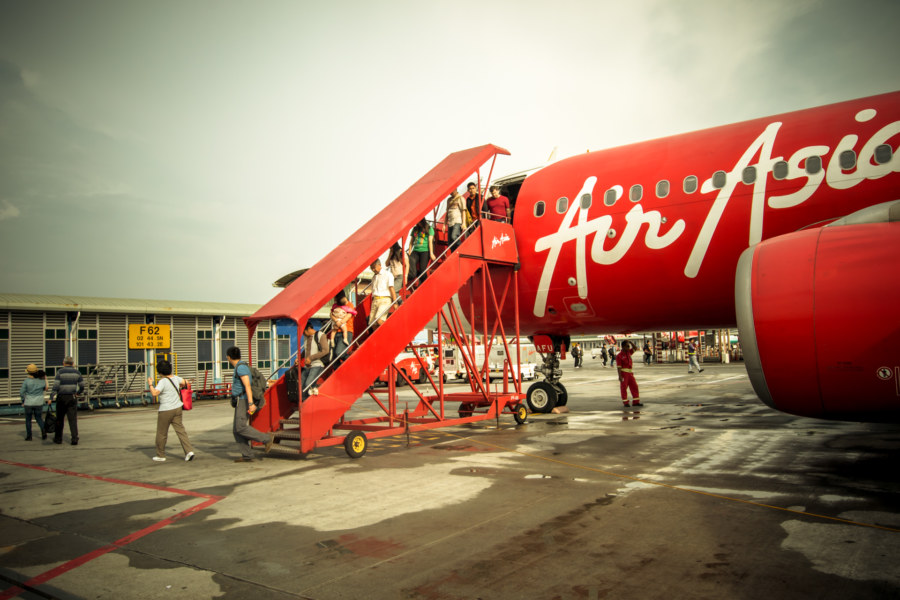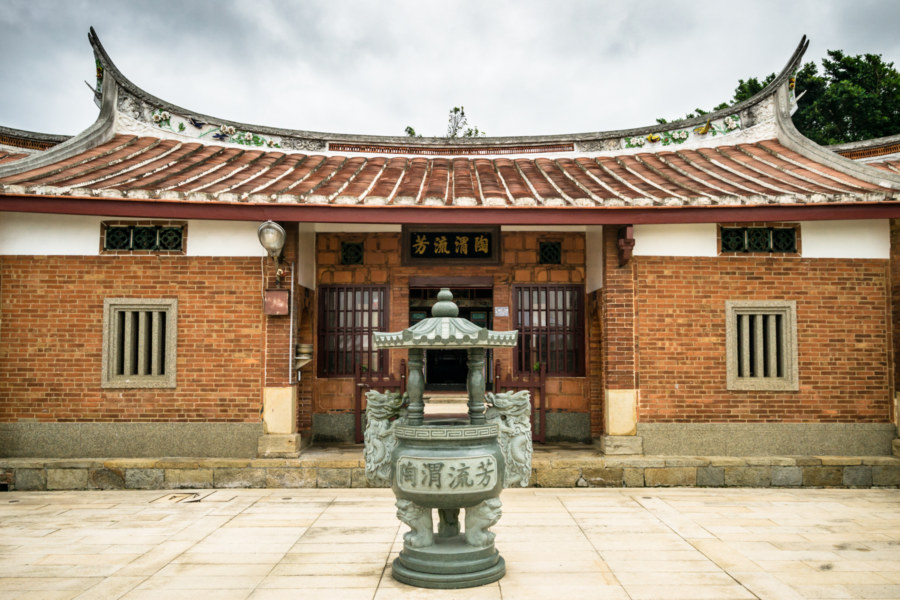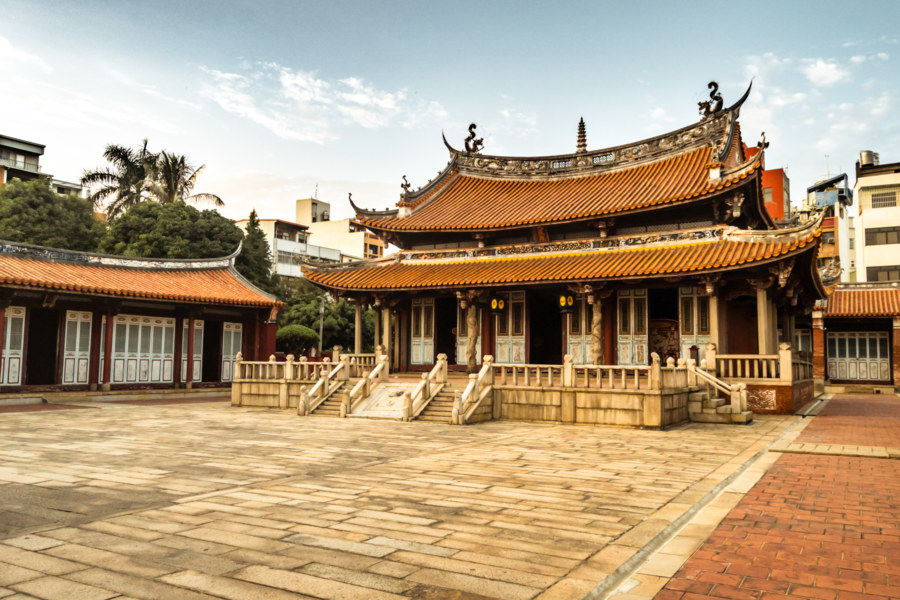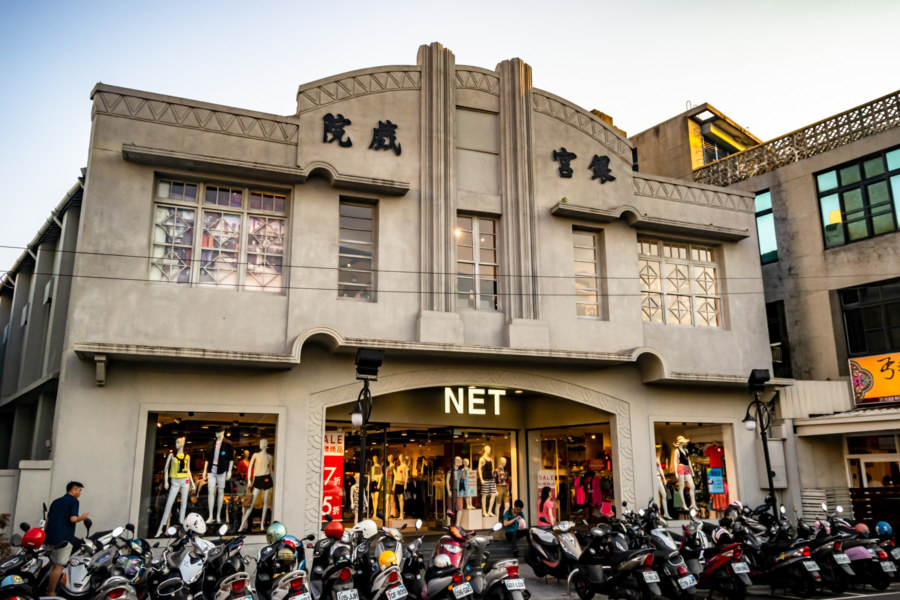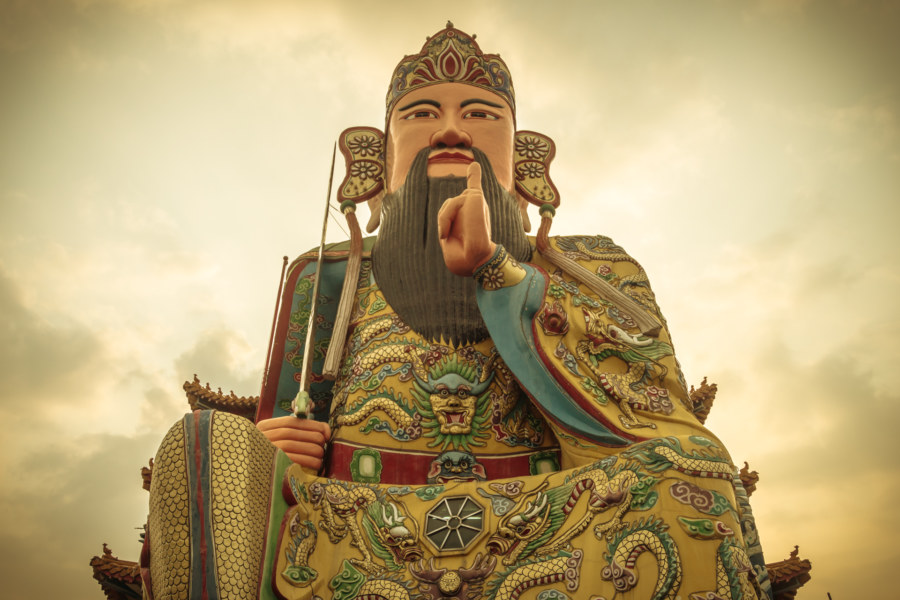Last October, while living in Zhongli, I ventured out into the countryside for a random bicycle ride on Halloween. Like most of my rides I didn’t have a route planned or anything, only a general intention of checking out the obscure Fugang Old Street (富岡老街) about 15 kilometers west of the city. Along the way I followed my intuition (with a little help from Google Maps) and captured photographs of anything interesting and unusual I came across. Featured here are more than two dozens pictures from this ride through parts of Zhongli, Xinwu, Yangmei, and Pingzhen in western Taoyuan.
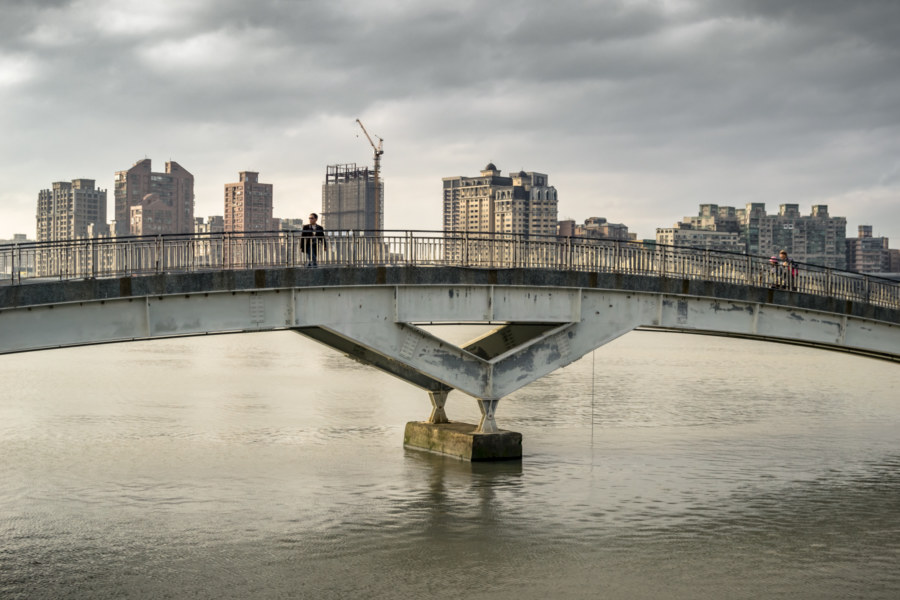
Exploring the urban condition: the buildings that tower over all, the rhythm of the streets, and the fleeting moments of humanity in the midst of the concrete jungle. See also: urbex.
Subterms
Adjacent Terms
Dinh Dong Thanh
One of the more interesting temples I stepped inside on a recent visit to the Old Quarter of Hanoi is the recently renovated Đình Đông Thành (亭東城, loosely: “East City Pavilion”). Having explored many temples in Taiwan over the years I was familiar with some of what I found there—but much of it was completely foreign to me. Looking up information after the fact hasn’t been educational; there are no English language resources about this temple and I haven’t got the same knack for finding information in Vietnamese as I have with Chinese language resources about Taiwan. So, if you’ll pardon my lack of local expertise, I’m going to share a few photos from this relatively obscure temple and attempt to puzzle through some of what caught my eye.
Dadu Plateau Anti-Airborne Fortifications 大肚台地反空降堡
Dàdù Plateau (大肚台地) is a geographic feature of great strategic importance to the defense of central Taiwan. It overlooks the Qīngshuǐ Coastal Plain (清水平原) and occupies high ground on the far edge of the Taichung Basin (台中盆地), home to the majority of the population of Taichung, the third most populous metropolitan area in the nation. The entire length of the plateau is peppered with military facilities from the massive Ching Chuan Kang Air Base (空軍清泉崗基地) in the north to Chénggōng Ridge (成功嶺) down south. In between one will find a number of abandoned or disused bunkers, gun towers, and blockhouses. This post focuses on seven anti-airborne fortifications located in the central part of the plateau starting with the #7 Anti-Airborne Fort (七號反空降堡), my introduction to this cluster of ruins.
Taichung Aerodrome Gun Tower 臺中飛行場機槍堡
Not much remains of the former Taichū Aerodrome 臺中飛行場, a Japanese colonial era airbase originally built in 1911 on the northwestern periphery of central Taichung. The airbase saw a lot of action in World War II and several kamikaze units were stationed there in the final months of the war. After the arrival of the KMT it was used as a hub for aviation research and development before entering into civilian use in the 1970s as Shuǐnǎn Airport 水湳機場. In 2004 operations were transferred to the nearby Taichung Airport 台中航空站 and, over the following decade, the former Japanese airbase was completely demolished as part of an ongoing city-wide urban renewal plan. The only building spared was a lone gun tower built in 1940, formally designated a historic site in 2006, and officially known as the Former Japanese Army Taichung Aerodrome Gun Tower 原日軍臺中飛行場機槍堡.
Jishan Gatehouse 積善樓
Jīshàn Gatehouse (積善樓; sometimes written as Chishan or Chijhan) is a minor historic building not far from Taiyuan Station (太原車站) in Beitun, Taichung. Originally this site was occupied by the residences of the Lài (賴) family, immigrants from Zhangzhou in China, who made their home here in 1897. Decades later they funded the construction of this unusual gatehouse on the recommendation of a fengshui (風水) master; the name of the building literally translates to “accumulate goodness”. The design and some of the materials are Chinese but the structure also shows western influences and craftsmanship as filtered through Japan. Five banyan trees surrounding the gate are the only other legacy of the homes that once existed here. Nowadays the area is a city park.
Cheap Flights From Taiwan
This guide features a list of cheap, direct flights from Taiwan for planning visa runs and inexpensive vacations. Most non-Taiwanese simply fly across the Strait to Hong Kong to file paperwork but I prefer spending a few days wherever I go to make up for the needless hassle and bureaucracy of international air travel. I have put a lot of work into compiling and updating various lists of potentially low-cost routes to destinations in East and Southeast Asia so I figure I may as well share my findings here.
Fanjiang Ancestral Hall 范姜祖堂
I chanced upon Fanjiang Ancestral Hall 范姜祖堂 while out for a bicycle ride around Taoyuan in late October 2015. That morning I set out from my place in Zhongli to see more of the countryside and eventually pay a visit to Fugang Old Street 富岡老街 in western Yangmei. Along the way I made a brief diversion into Xinwu to see whatever might be found there—and this cluster of historic Hakka homes were my reward.
Postcards From Changhua City 2 彰化市明信片二號
Not long after moving to the administrative capital of Changhua in 2014 I published a collection of photographs entitled Postcards from Changhua City. All of the photos in that post were shot in my first few months of residency but I ended up staying for half a year. In that time I gathered more than enough material for a sequel while making my daily rounds. So here it is: more photos from my time in Changhua City, a historic town in central Taiwan. As before, additional information and links are included in the caption for each photo, where available.
Yingong Theater 銀宮戲院
Despite living in Changhua City for half a year I never paid much attention to the clothing store across the street from the historic Confucius Temple 彰化孔子廟. At that time my Chinese abilities were rudimentary and I wasn’t really aware of what kinds of buildings to watch for while navigating the variegated urban landscapes of Taiwan. Only after encountering Datong Theater 大同戲院 in Taitung City did I become fascinated by the rise and fall of Taiwanese cinema. Since then I have mapped the locations of more than a hundred vintage theaters and documented many of their fates. Most end up abandoned or destroyed—but Yíngōng Theater 銀宮戲院 earned a new lease on life after it was purchased by NET, a Taiwanese fashion retailer.
Hengwen Temple 衡文宮
Héngwén Temple 衡文宮 is located on the south side of Yuanlin, a mid-sized city in Changhua, Taiwan. Completed in 1976, this temple is mainly notable for its 72 foot-tall statue of Xuán Wǔ 玄武, literally “Dark Warrior”, alternately known as Xuán Dì 玄帝 (“Dark Deity”) or Xuántiān Shàngdì 玄天上帝 (“Dark Heavenly Deity”) among many other names. The statue itself is a hollow structure containing several additional floors filled with murals depicting the origins of Xuan Wu as well as various small shrines. A similarly oversized statue of Xuan Wu can be seen on the famous Lotus Pond 蓮池潭 in Zuoying, Kaohsiung, and there’s probably several more scattered around Taiwan, but this one is apparently the largest of its kind. Such claims are often difficult to verify as pretty much any temple with a big statue is likely to say the same thing.
